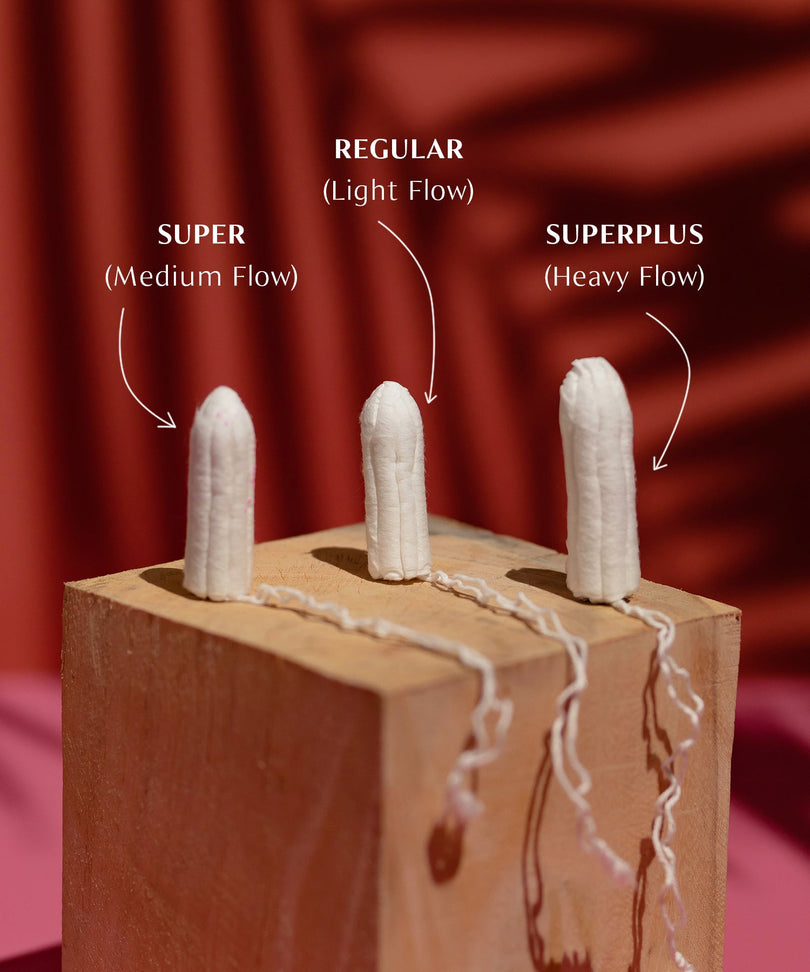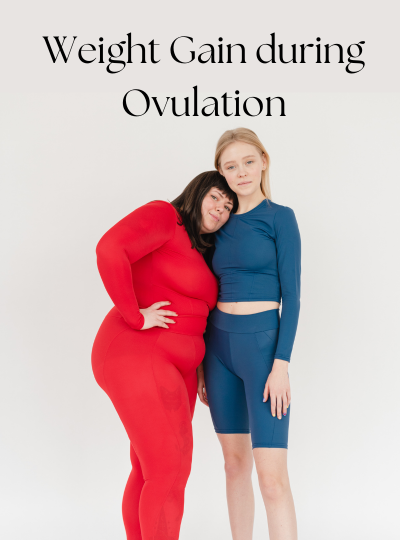Can you sleep with a tampon in?
Yes, sleeping with a tampon is safe, but with some key points: change it within eight hours (as stated on the package) to avoid TSS risk. If you sleep less than eight hours, you're good to go. Use the lowest absorbency tampon that works for you, and always swap it out for a fresh one first thing in the morning. Pads or menstrual cups are good alternatives for overnight use if tampons aren't ideal.
Also read - Can tampons expire?
Will I get a TSS if I sleep with a tampon in for 12 hours?
While sleeping with a tampon for 12 hours increases your risk of Toxic Shock Syndrome (TSS), it doesn't guarantee you'll get it:
- Recommended Wear Time: The recommended safe wear time for tampons is typically eight hours. xceeding this duration increases the risk of TSS because the tampon creates an environment for bacterial growth.
- Risk Factors: Leaving a tampon in for 12 hours creates a longer window for bacteria to potentially overgrow and produce toxins that can lead to TSS. However, other factors like the specific type of bacteria present and your susceptibility also play a role.
- Severity of Risk: The risk of TSS from a single instance of exceeding the wear time is relatively low. However, it's still important to be aware of the potential consequences.
Here's what to do:
- Change Immediately: If you realize you've slept with a tampon in for 12 hours, remove it as soon as possible.
- Monitor Symptoms: Be aware of potential TSS symptoms like sudden high fever, vomiting, diarrhoea, muscle aches, confusion, and a sunburn-like rash.
- Seek Medical Attention: If you experience any of these symptoms, it's crucial to seek immediate medical attention. Early diagnosis and treatment are essential for preventing serious complications.
Also read - Why organic tampons are best for periods?
Is it better to wear a tampon or pad to bed?
Neither option is necessarily better than the other, as both have their advantages and disadvantages. Sanitary pads are generally more comfortable to wear while sleeping as they don't need to be changed as often as tampons, but they can be bulky and may leak. On the other hand, tampons need to be changed every 4-8 hours, which can interfere with sleep, but they offer better protection against leaks and are less noticeable during the night. Ultimately, the choice between a tampon and a pad for sleeping is a personal one and will depend on individual preferences and needs.
Also read - Sleeping positions during period
When to use a sanitary pad or menstrual cup?
When it comes to menstrual care during nighttime, it's important to choose a product that provides a high level of protection while also being comfortable to wear.
When to use sanitary pads?
Pads are a popular choice for nighttime use due to their availability, affordability, and simplicity of use. They come in different sizes and absorbencies, with overnight pads designed to provide a higher level of protection and coverage. While they can be comfortable to wear, they may feel bulky and can potentially shift during sleep, which can lead to leakage.
When to use menstrual cups?
Menstrual cups are another option for nighttime use and are ideal for those who prefer not to use disposable products. They can provide a high level of protection and can be worn for up to 12 hours, making them ideal for nighttime use. They also require less frequent changes than pads, which can be especially convenient when sleeping. However, there can be a learning curve associated with correctly inserting and removing a menstrual cup, and it may not be the right option for everyone.
Also read - Can sex affect your menstrual cycle?
Rank which hygiene product to use while sleeping with the proper reasons
Menstrual Hygiene Products for Sleeping - Ranked by Suitability
|
Rank |
Product |
Reasons |
|
1 |
Period Panty (with front, back & side protection) |
|
|
2 |
Menstrual Cup |
|
|
3 |
Sanitary Pads (Heavy absorbency or double pads) |
|
|
4 |
Tampons |
|
More to read









